When the internet goes dark, Bitcoin doesn’t
Discover
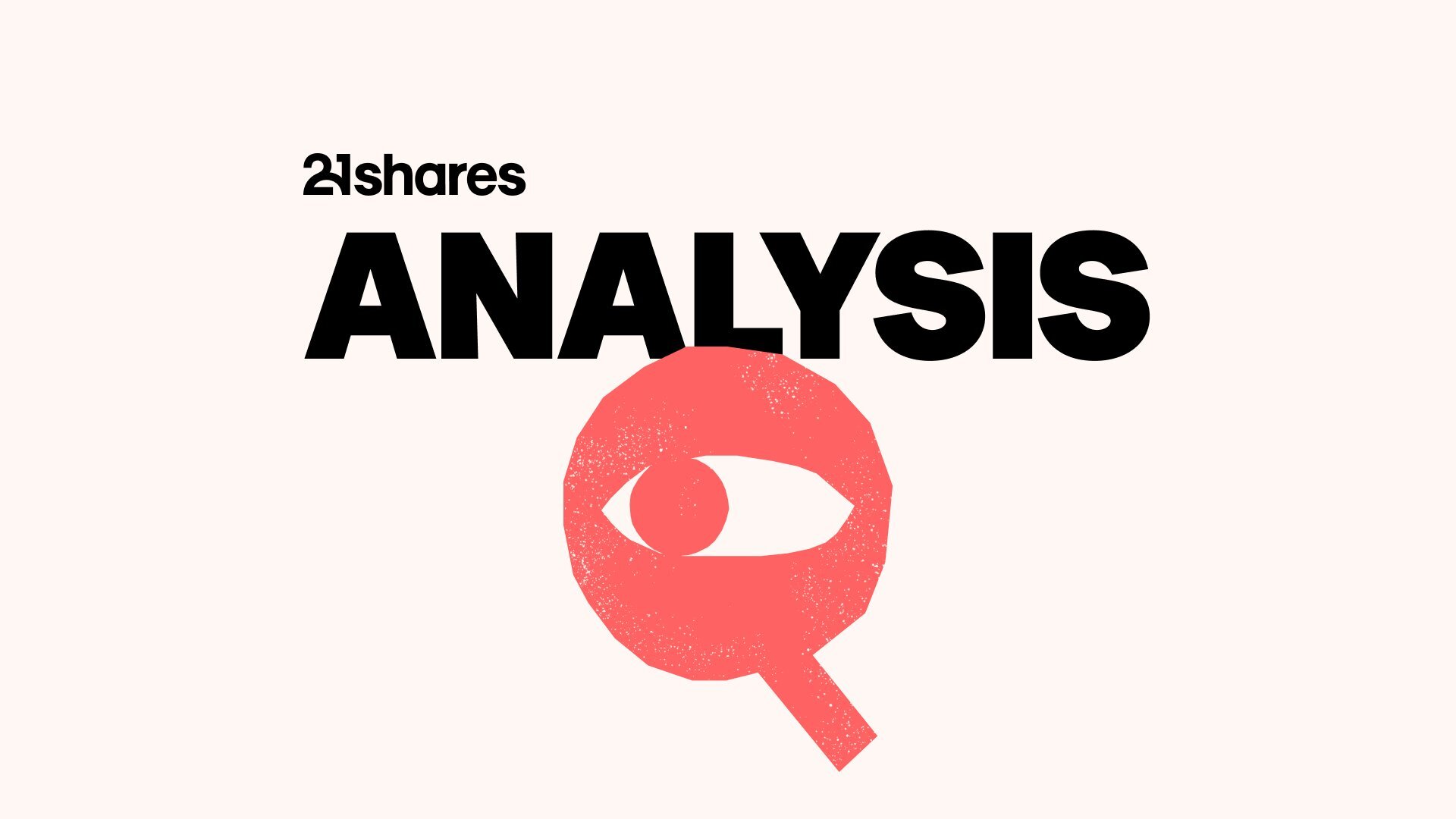
Aave’s governance crisis: the vote is over, the ownership question isn’t…

2025 scorecard: where our Market Outlook hit the mark and where we missed
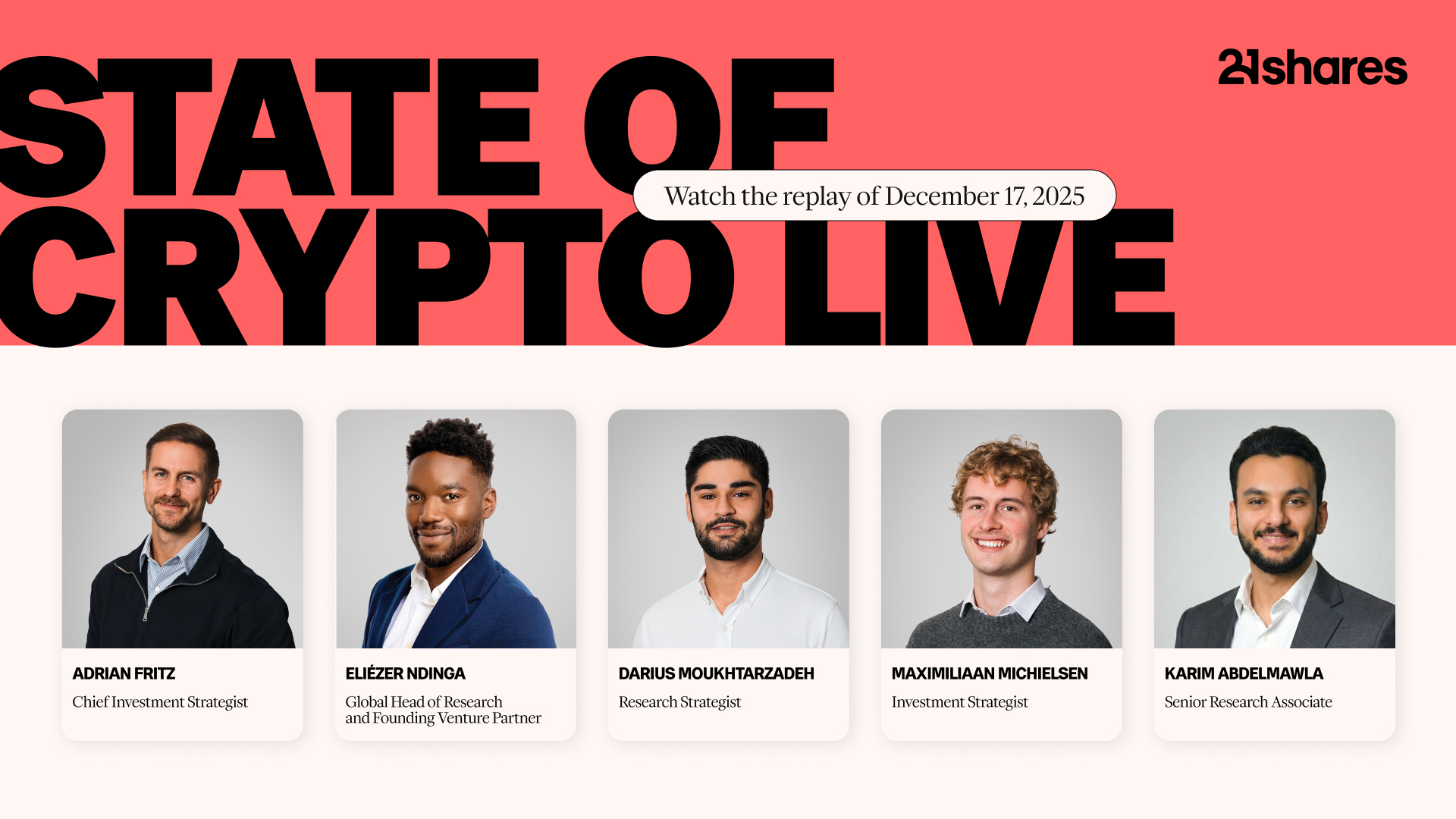
State of Crypto live: What’s on the horizon for 2026?
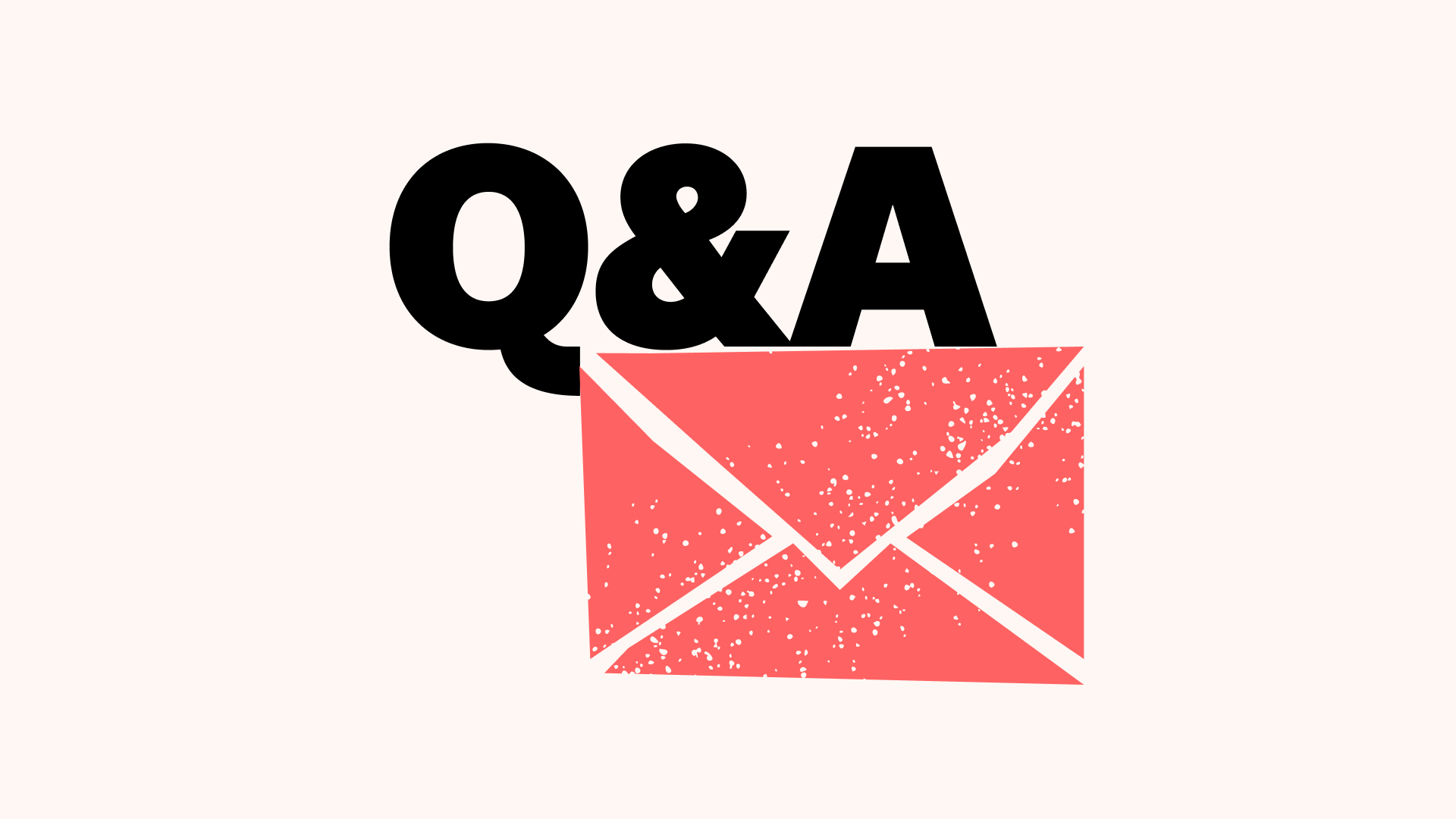
Your questions answered: How to identify potential winners in digital assets (Part 1)
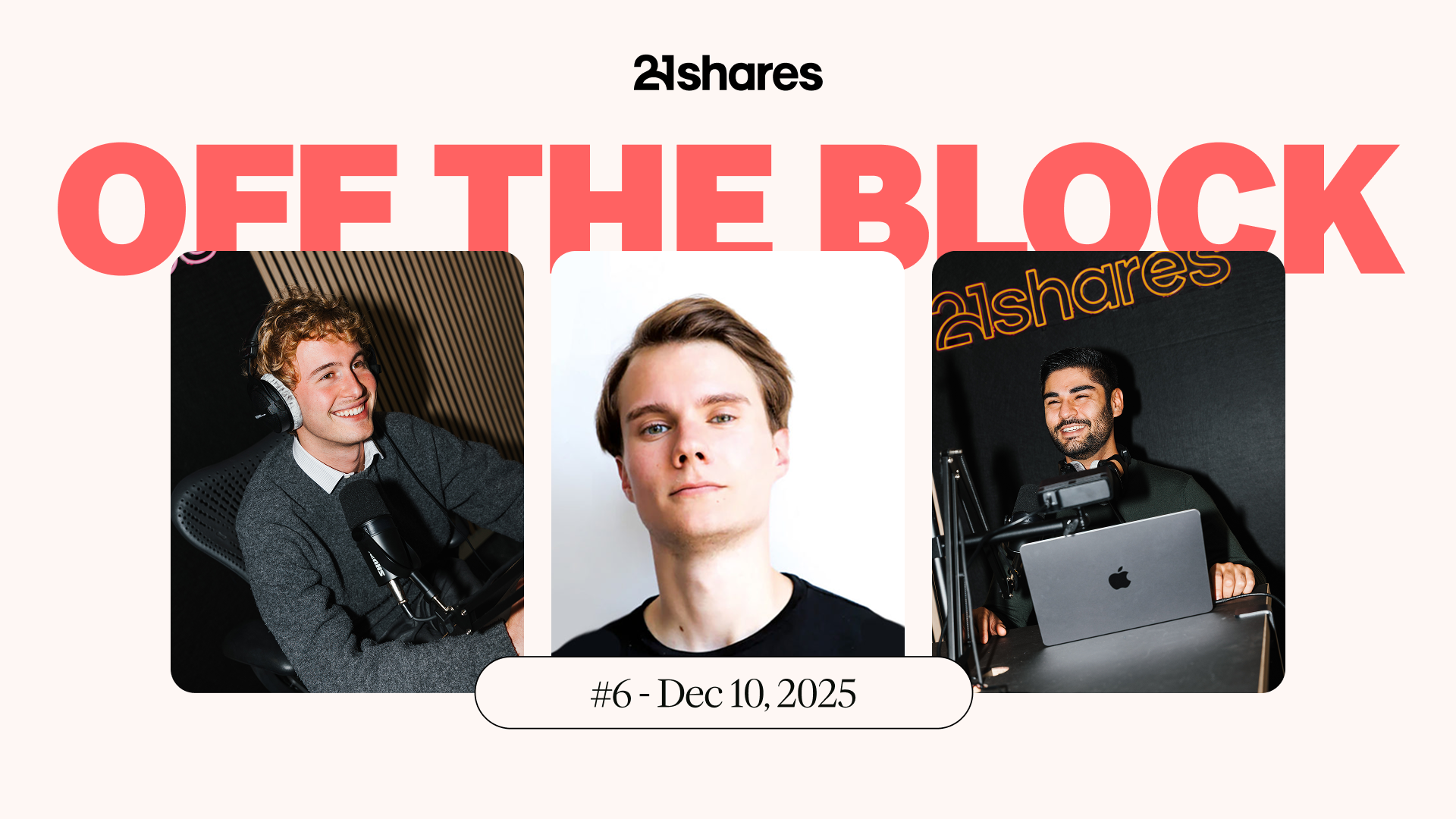
Off the Block Podcast: Bitcoin from the POV of Tycho Onnasch from Zest Protocol
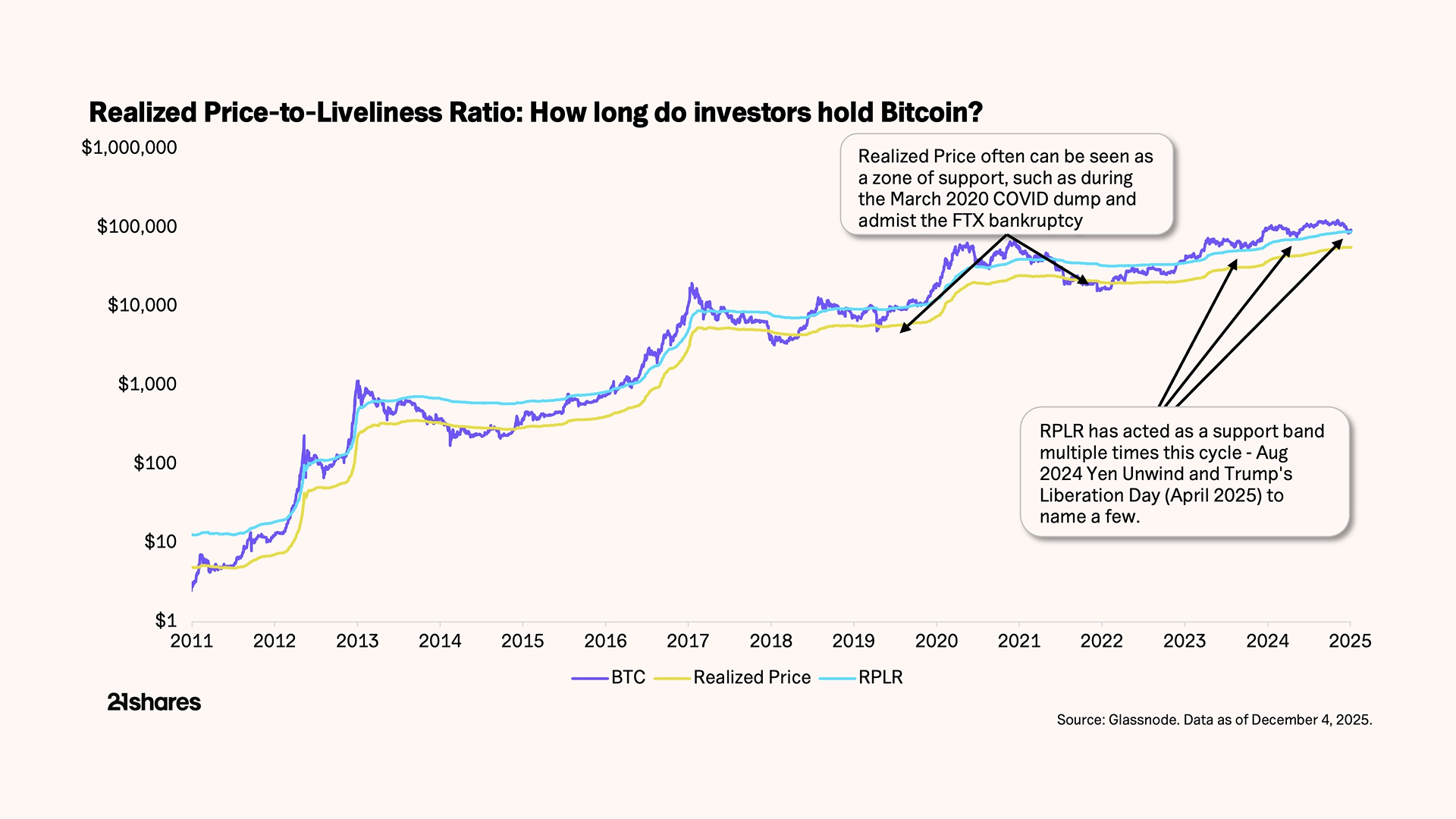
Part 1: How to identify potential winners in digital assets
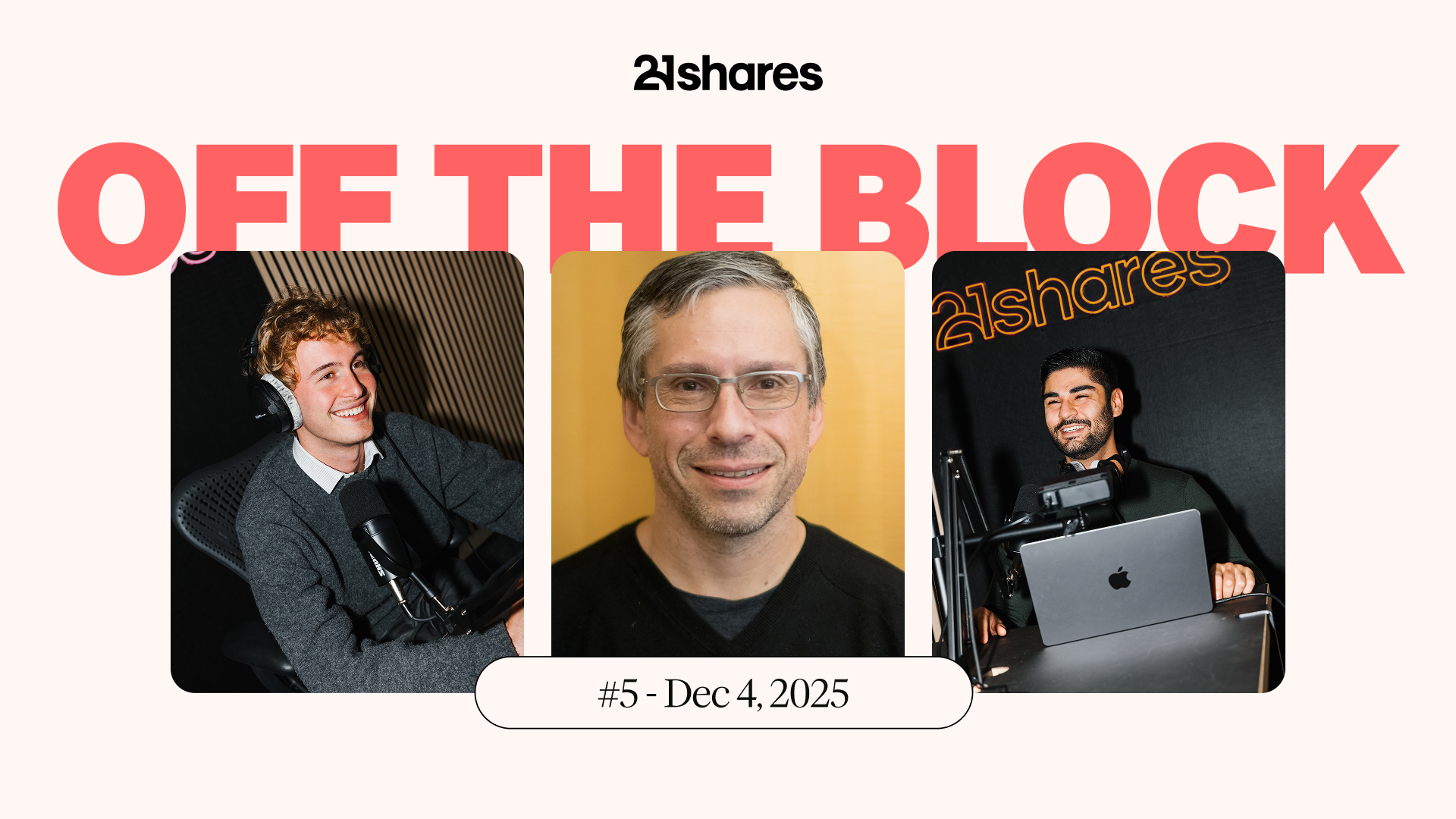
Off the Block podcast: EY's Paul Brody on Ethereum, privacy, and enterprise readiness
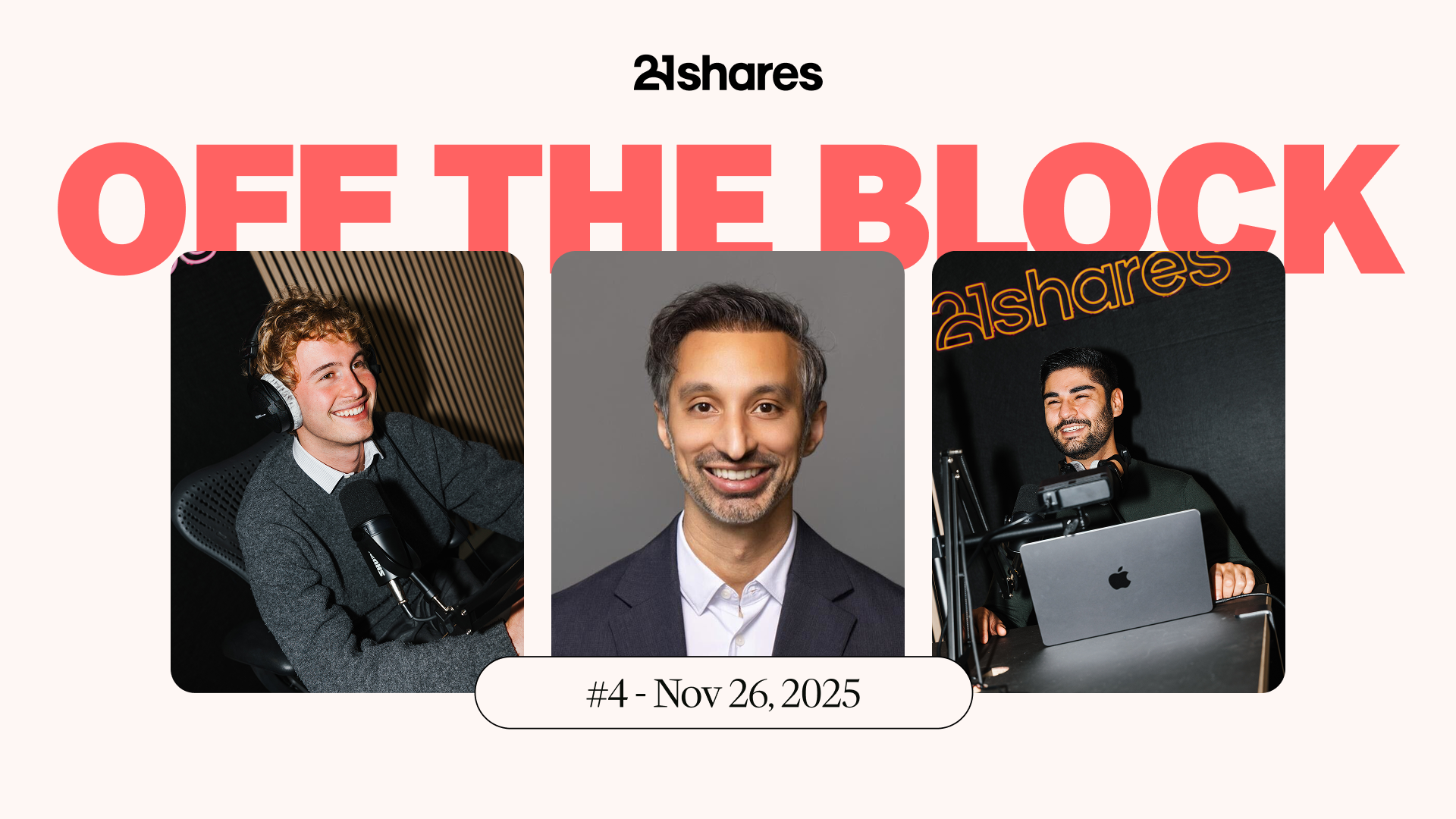
Off the Block Podcast: Vivek Raman's Vision for Ethereum on Wall Street









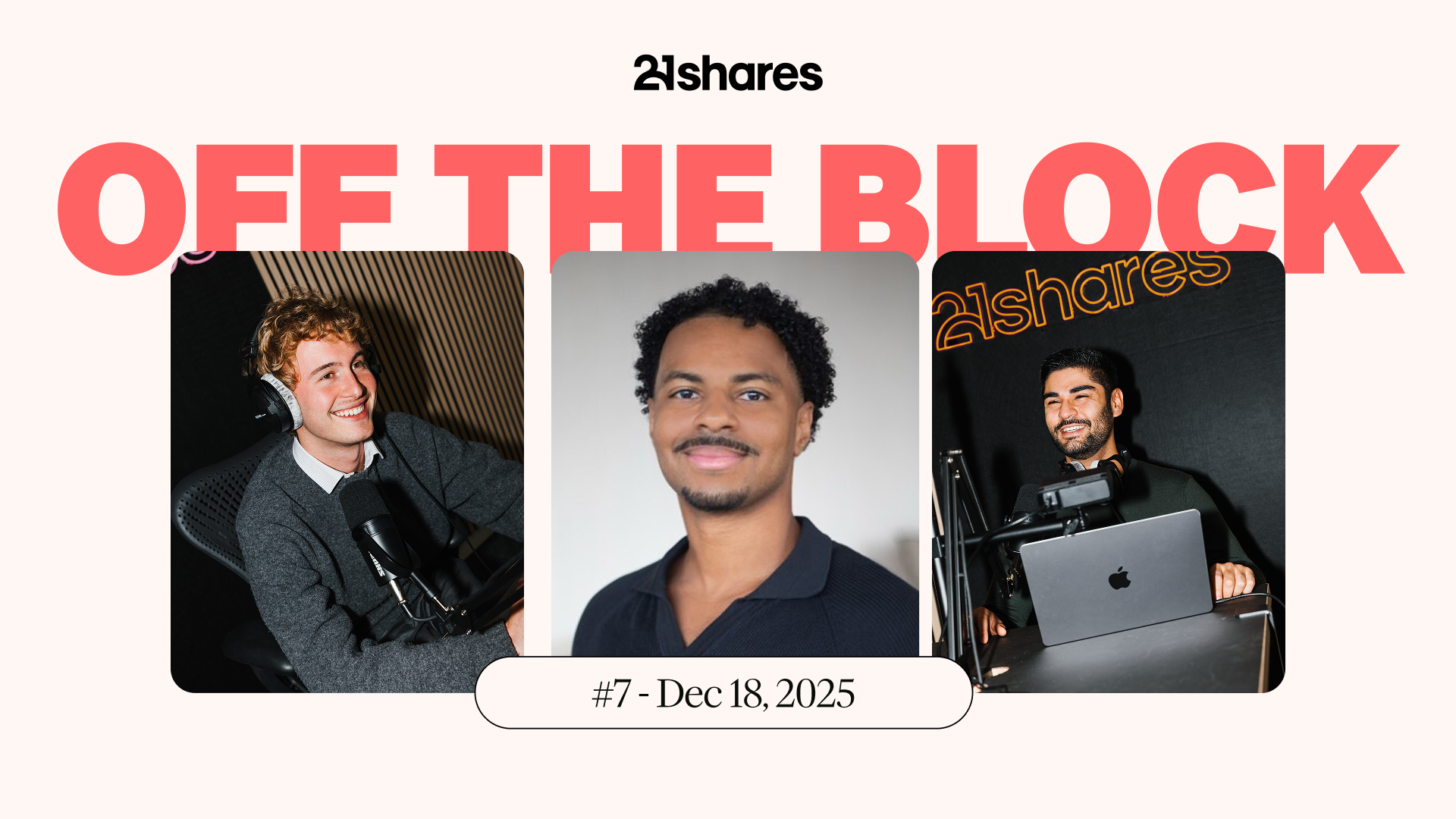

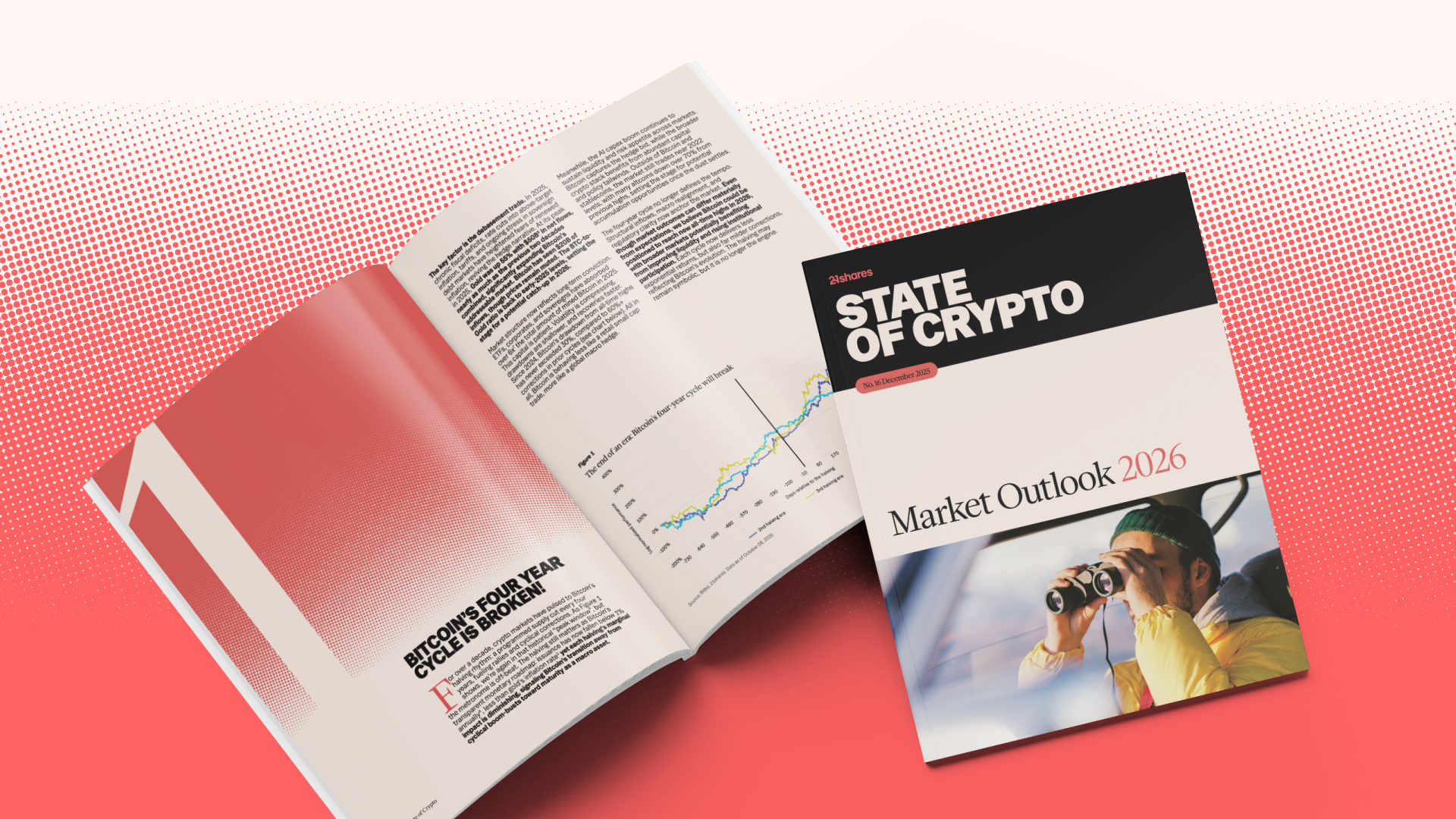

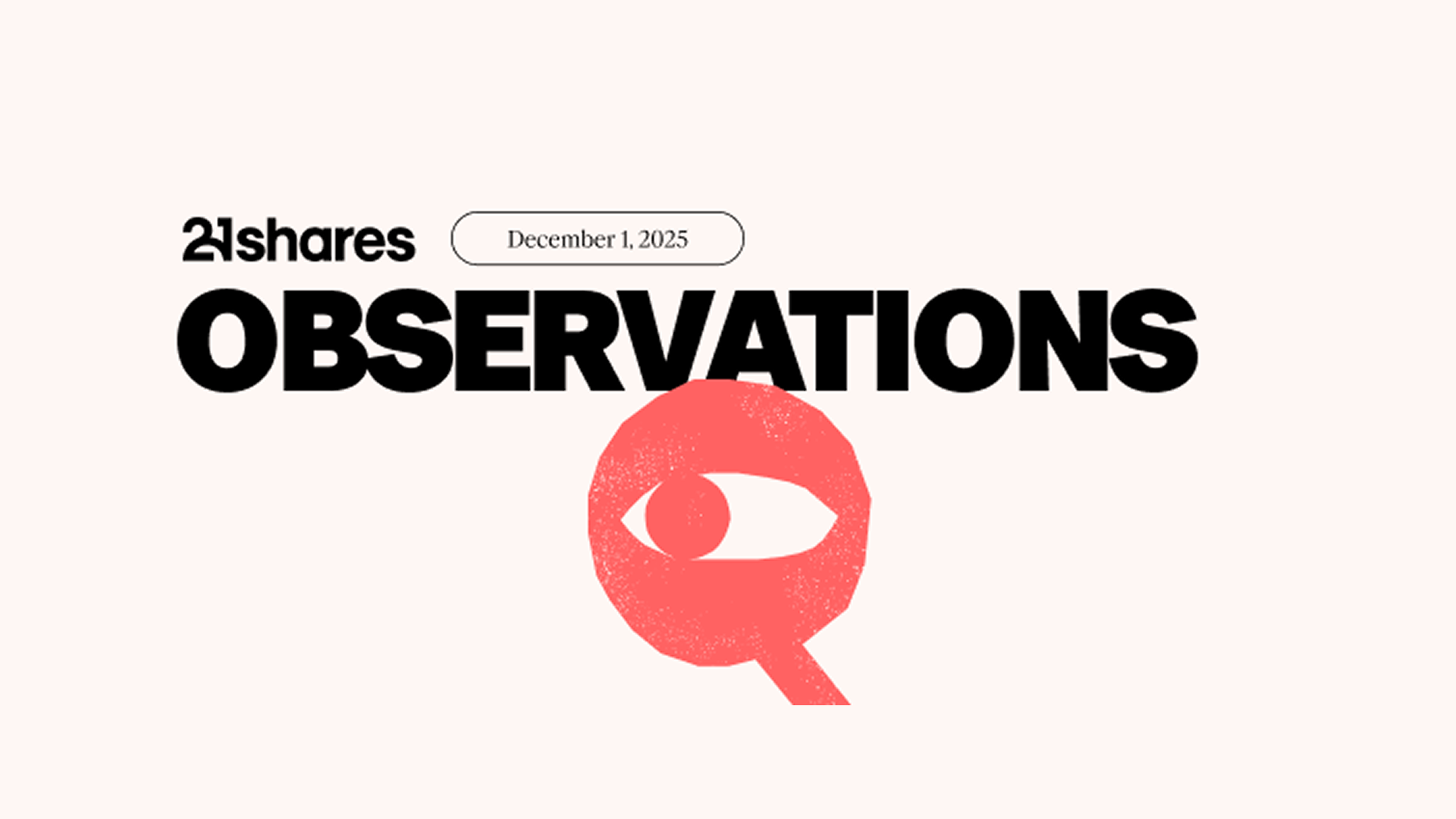




_logo.svg)

.svg.png)